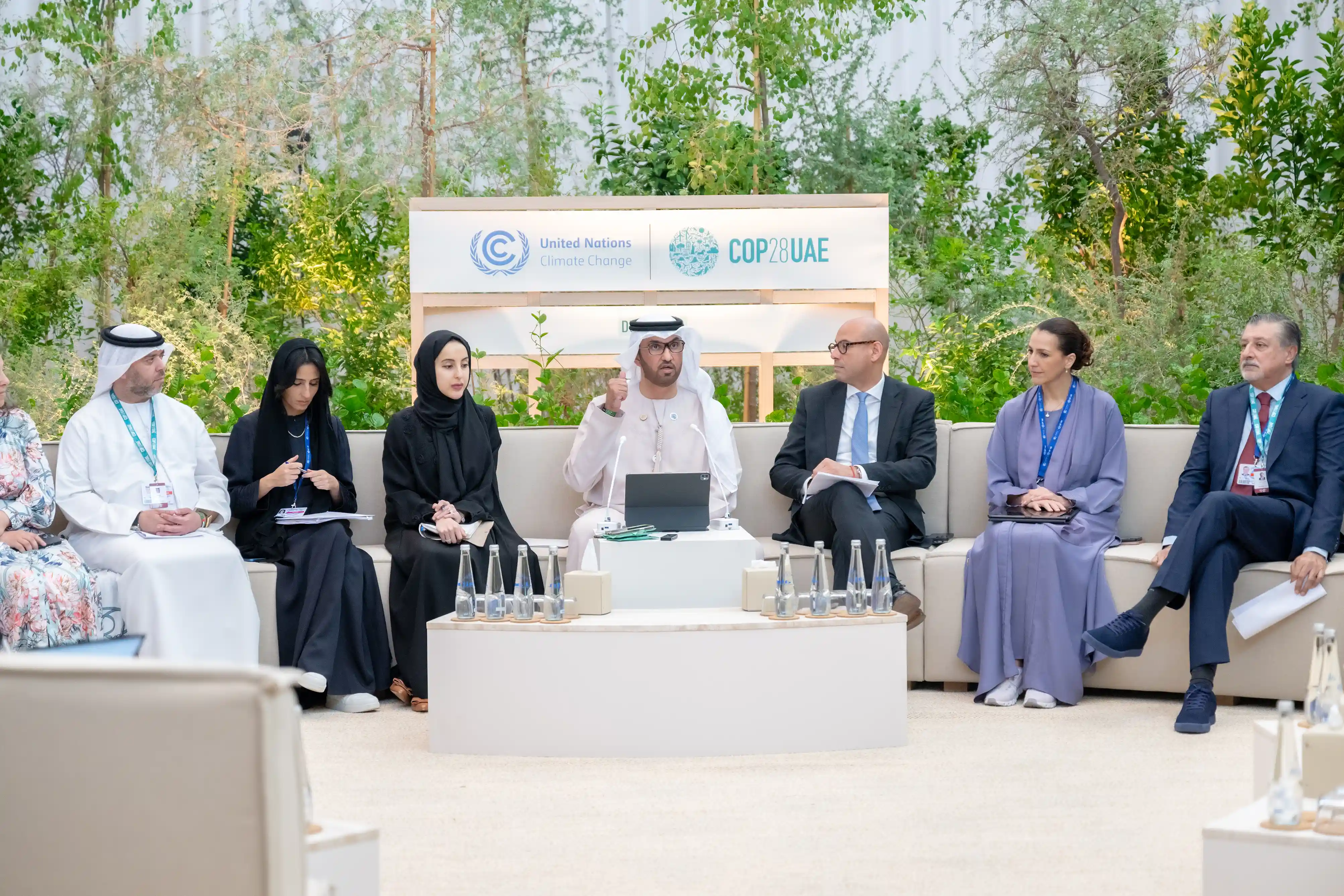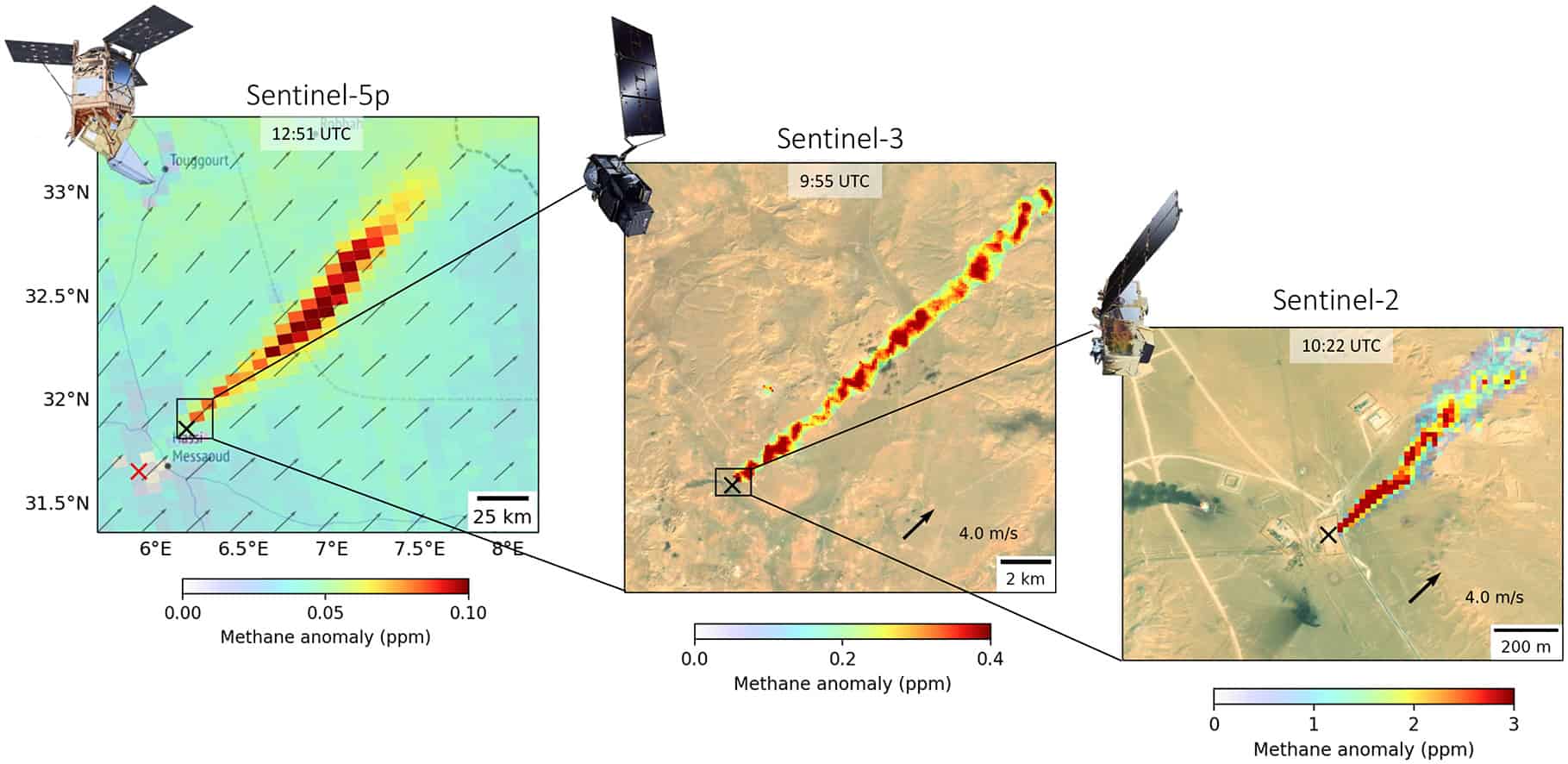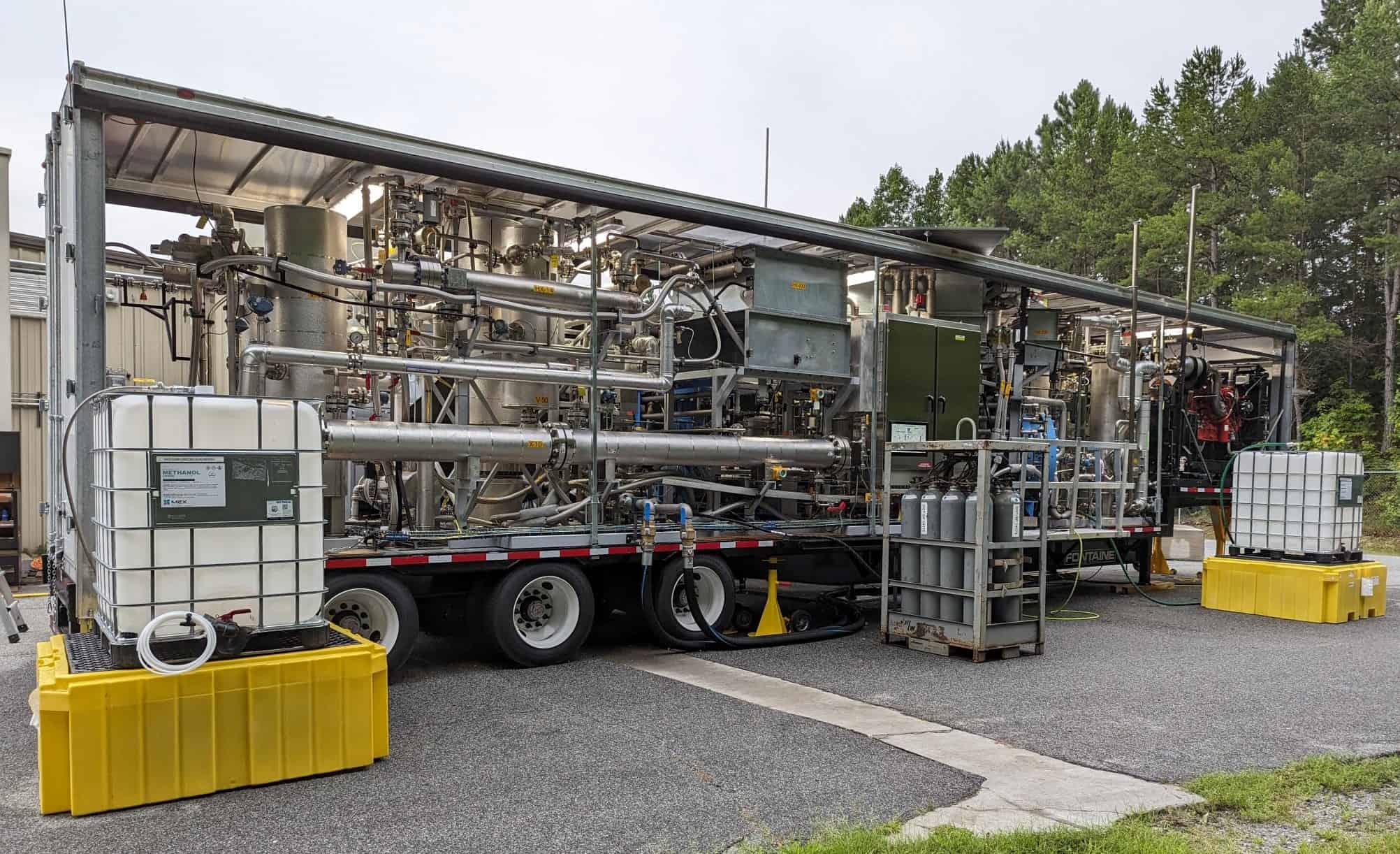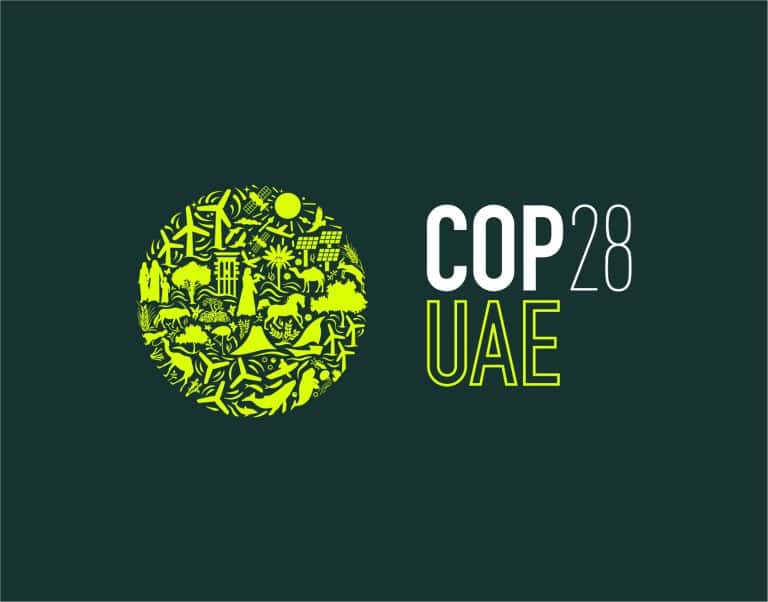
Amid the critical climate discussions at COP28, an often-overlooked villain is now receiving extra attention: methane. Methane, a potent gas, is emitted both by human activities and natural sources, with a significant portion stemming from agriculture, especially livestock. It is 34 times more impactful than CO2 in terms of its greenhouse effect. Yet, it could offer a silver lining; with a shorter atmospheric lifespan, reducing methane emissions promises quicker climate benefits. As world leaders convene, the focus sharpens on the food industry, responsible for a staggering one-third of manmade greenhouse gases. The summit’s agenda, including a specialized methane summit co-hosted by China, the US, and the UAE, reflects a growing recognition of methane’s role in climate change.
- Methane’s potency—34 times that of CO2—demands urgent reduction for swift climate benefits.
- Livestock, a key methane source, requires efficiency, tech advancements, and dietary shifts for emissions reduction.
- COP28’s international summit emphasises urgency, aiming to fortify the 2021 “Global Methane Pledge” for collaboration.
Understanding methane’s impact on climate change is crucial as the world seeks to limit global warming. This colourless, odourless gas, composed of carbon and hydrogen, packs a powerful punch when it comes to heating our planet. Methane is approximately 34 times more potent than carbon dioxide over a century, and within a 20-year period, its impact is 84 times greater. While it may linger in the atmosphere for a shorter time than carbon dioxide—around a decade compared to centuries for CO2—its intense warming effect during this time is significant.
Efforts to curb methane emissions could have a rapid and meaningful effect on slowing climate change. As methane levels decrease, the atmospheric blanket trapping heat around the Earth could thin, potentially slowing the rate at which temperatures are rising. This makes methane reduction a critical and time-sensitive goal for climate action policies.
Emissions from agriculture: a critical focus
The agricultural sector is a primary source of methane, with livestock such as cows, goats, and sheep contributing approximately 75% of all methane emissions from animal husbandry. In the Netherlands, for instance, two-thirds of methane emissions come from livestock farming, predominantly from cows. The Wageningen University & Research (WUR) in the Netherlands is actively researching solutions to mitigate this, focusing primarily on dairy and beef cattle, which are responsible for the majority of these emissions.
Addressing methane emissions from agriculture is not only about reducing the amount of gas released; it’s also about improving efficiency and exploring technological advancements. A PLOS study found that replacing animal-sourced foods with plant-based alternatives could offset 68% of anthropogenic greenhouse gas emissions. The Economist highlights the need for more efficient resource use and the development of new technologies, like fermentation-based production and lab-grown meat, as solutions for the food system’s emissions.
International collaboration at COP28
At this year’s COP28 summit, the collaborative methane summit held by China, the United States, and the UAE signifies an important step towards international cooperation on this issue. There is an expectation that the “Global Methane Pledge” made in 2021, which aimed to reduce methane emissions by 30% by 2030, might be strengthened. The focus on food systems as a major contributor to greenhouse gases, and the inclusion of a summit specifically addressing methane, underscores the urgency to act on non-CO2 emissions.
The COP28 event is not just about setting ambitious targets; it’s also a platform for sharing knowledge and fostering the political will needed to implement effective strategies. Developed countries are expected to provide financial assistance and technological support to emerging economies to enable a swift transition to renewable energy, which is vital to mitigate methane emissions from all sectors, including waste management and agriculture.
Global mapping and transparency
Understanding the sources of methane emissions is essential to tackling them. Innovations in satellite technology are providing unprecedented insights into where and how much methane is being released. The Global Methane Hub, SRON, and GHGSat have collaborated to map over a hundred of the world’s largest methane-emitting landfills. This initiative aims to improve understanding and spur action at the local level.

Transparency in emissions is critical. Ilse Aben, a senior scientist at SRON Netherlands Institute for Space Research, noted that the research project would bring accuracy to our understanding of methane emissions from landfills—a crucial step for developing the right mitigation strategies. With the EU backing projects aimed at making 100 European cities climate-neutral by 2030, there is clear momentum towards addressing methane emissions across various sectors.
The challenge of change
Transitioning to low-emission technologies in agriculture is not without its challenges. Policymakers must navigate the economic impacts, such as potential job losses in traditional farming practices. The focus should be on reallocating resources to cushion these effects and provide retraining opportunities to those affected.

As the COP28 summit unfolds, the dual reality of hope and scepticism remains. While geopolitical tensions and the absence of key figures like US President Biden may cast shadows, the united front presented by countries like the US and China in affirming the Paris climate agreements offers a glimmer of hope. Transparently reviewing and potentially improving climate plans during the ‘Global Stocktake’ demonstrates a willingness to address the climate crisis more effectively.







